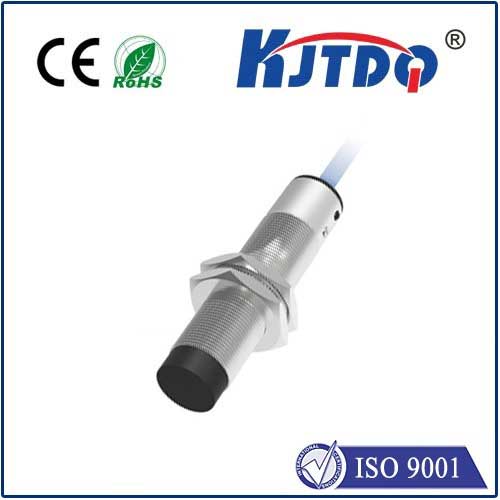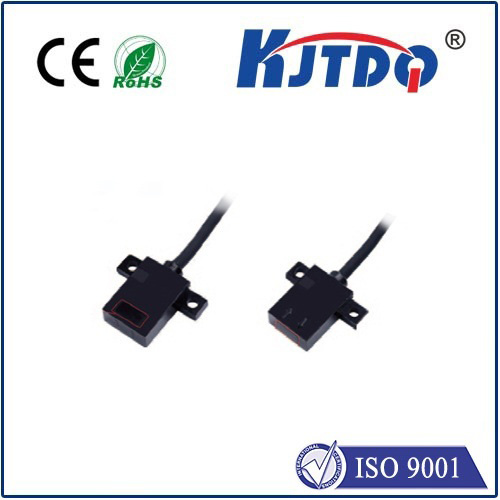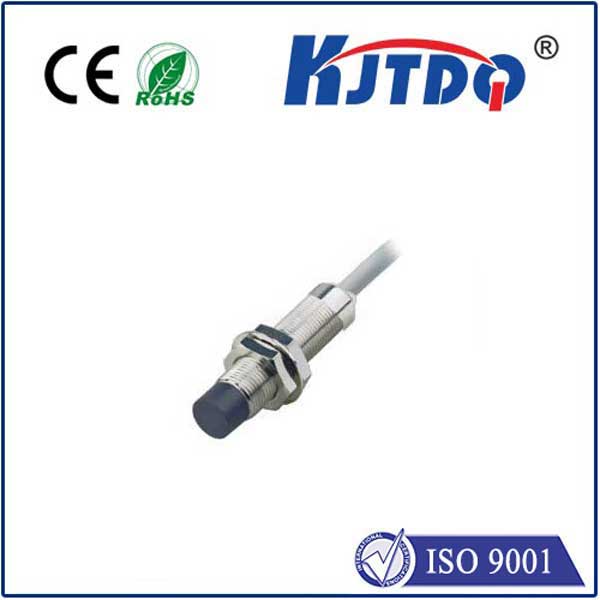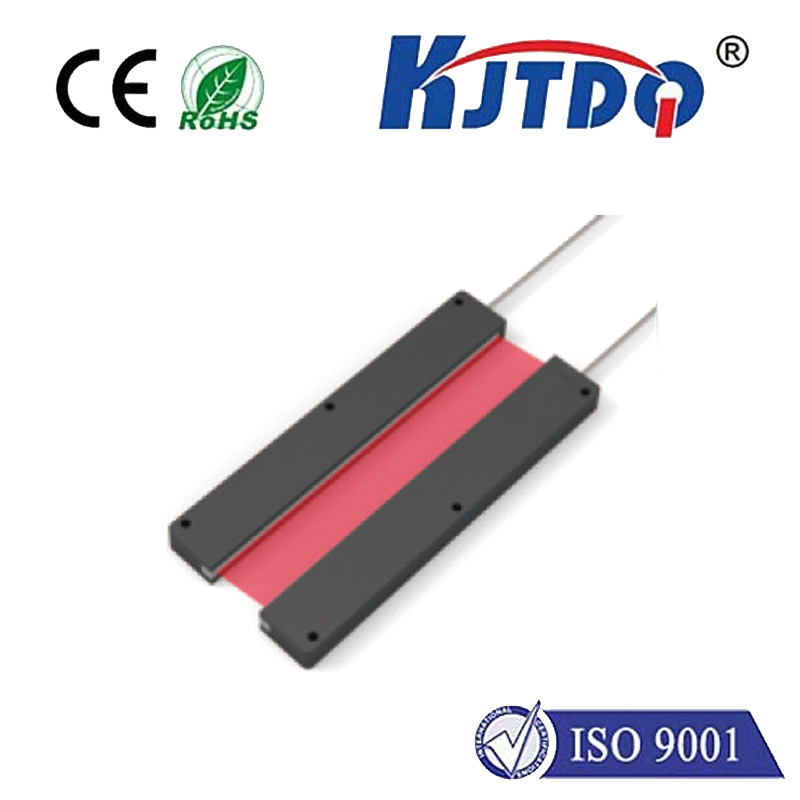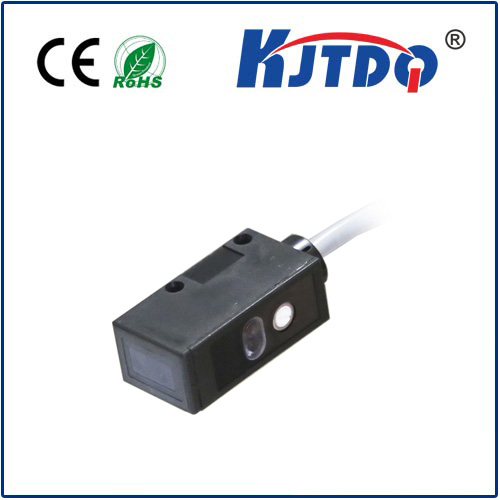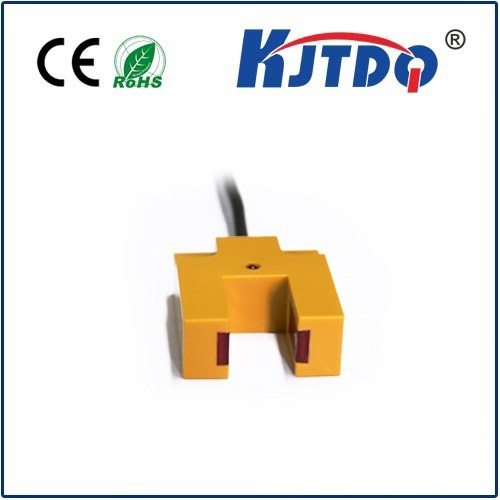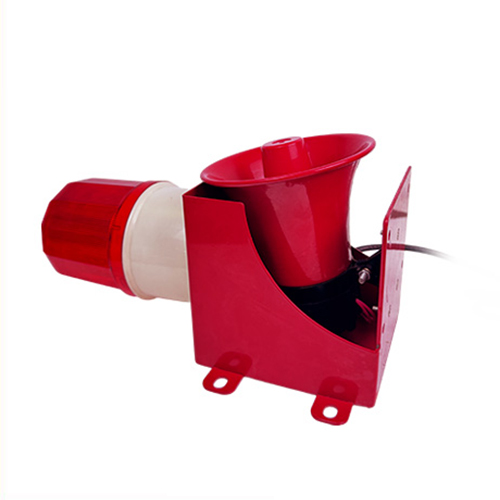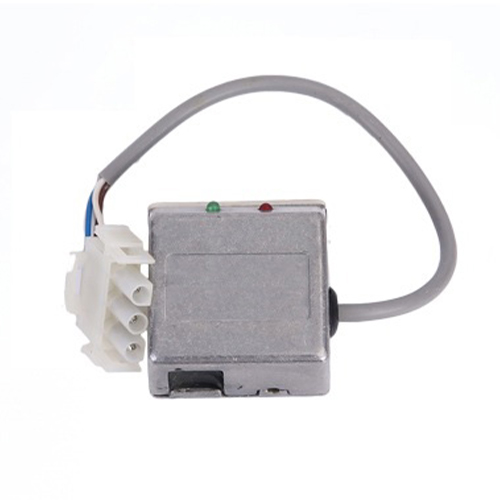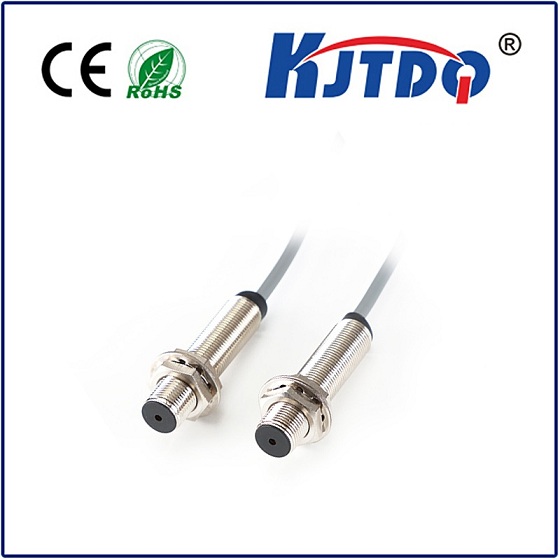

check

check

check

check

check

check

check

check

check

check
Conveyor Limit Switch: A Crucial Component in Industrial Automation
In the industrial automation sector, conveyor limit switches play a vital role. These devices are essential in detecting the presence or absence of objects on a conveyor belt and controlling their movement accordingly. With their ability to monitor and regulate the flow of items along a production line, these switches help to ensure that manufacturing processes run smoothly and efficiently.

A conveyor limit switch works by utilizing a mechanism that triggers an electrical signal when an object reaches a specified point on the conveyor belt. This signal can then be used to activate or deactivate other machinery or components within the system. For example, if an item reaches the end of the conveyor, the limit switch can trigger a sensor that stops the belt from moving further to prevent the object from falling off. Similarly, if a product is not properly positioned on the belt, the switch can send a signal to adjust its location before it reaches the next stage of the process.
One of the key benefits of using conveyor limit switches is improved safety. By detecting potential hazards such as overloads or misplaced items, these switches can help to prevent accidents and damage to equipment. They also contribute to increased productivity by ensuring that products move through the production line at an optimal speed and with minimal errors.
Another advantage of conveyor limit switches is their flexibility. They can be easily integrated into existing systems and modified to suit changing production needs. Additionally, they are available in various types and configurations, allowing manufacturers to choose the most appropriate option for their specific requirements.
However, like any technology, there are some challenges associated with conveyor limit switches. One issue is maintaining their accuracy over time, as wear and tear can affect their performance. Regular maintenance and calibration are necessary to ensure that these switches continue to function correctly. Additionally, installing multiple switches throughout a complex system can increase costs and require careful planning to avoid interference between them.
In conclusion, conveyor limit switches are critical components in industrial automation systems. They provide essential functions such as detecting the presence or absence of objects on a conveyor belt, controlling their movement, and ensuring safety and productivity. While there may be challenges associated with their use, proper maintenance and planning can help maximize their benefits for manufacturers.
